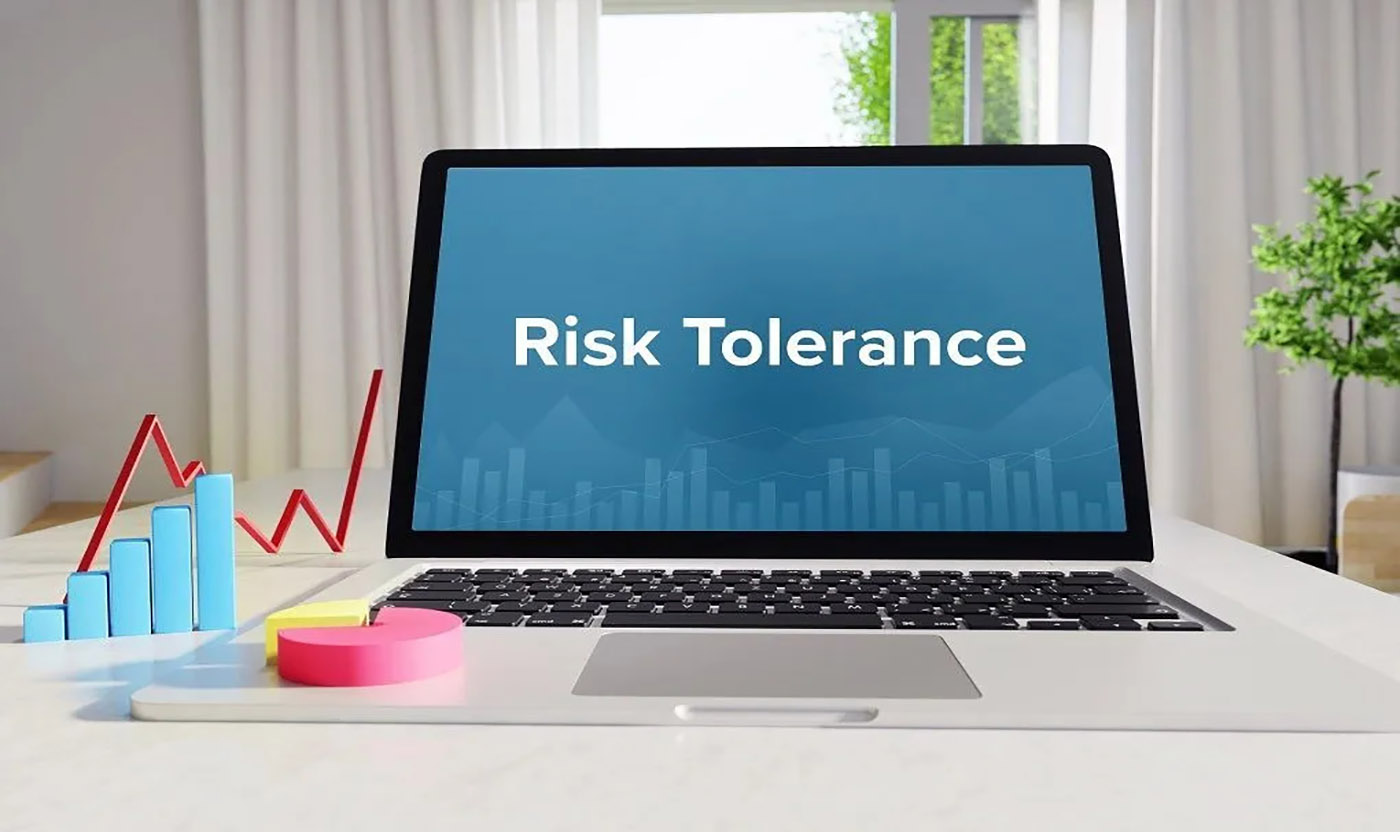Investing. Just the word alone can sound intimidating to many, especially if you’re just starting out. The complexities of stock markets, bonds, real estate, and other assets often leave people wondering: “Where do I even begin?” Well, I’m here to tell you: the journey to wealth through investing doesn’t need to be overwhelming. In fact, it all begins with the right mindset, the willingness to learn, and the discipline to stick with it.
2025 is a unique year for investors. The world is recovering from various economic disruptions, and new opportunities are emerging in industries like artificial intelligence, renewable energy, and tech innovation. But despite these exciting opportunities, one thing remains constant: the best way to accumulate wealth is through smart, consistent investing.
In this article, we will break down how you can start from zero and build your own path to financial freedom. From understanding the basic principles of investing to learning how to select the right assets and manage your risk, this is your guide to crafting a solid investment strategy that works for you.
1. Developing the Right Investment Mindset
Before you even think about where to invest your money, it’s essential to understand that investing is more of a mental game than a financial one. You must first shift your mindset and see investing as a long-term process rather than a quick way to get rich. This is crucial, especially in the current economic environment where market fluctuations are common, and the hype around “get-rich-quick” schemes can be tempting.
a) The Power of Patience
Investing is not about jumping in and out of the market on a whim. It’s about building something over time. Warren Buffett, one of the world’s most successful investors, once said, “The stock market is a device for transferring money from the impatient to the patient.” In other words, staying the course and sticking to your plan during market turbulence is often the best strategy. Patience and consistency are key.
b) The Importance of Long-Term Thinking
In the fast-paced world of 2025, where technology is evolving at a rapid rate and economic shifts happen frequently, it’s easy to get caught up in short-term thinking. However, if you’re aiming for long-term wealth, you need to understand that compound interest is your best friend. The earlier you start, the more time your investments have to grow.
Start by thinking of your investments as seeds you plant in the ground. They need time to grow, but with consistent nurturing, they will eventually pay off. In 2025, as the stock market continues to evolve and new sectors emerge, the importance of long-term investment horizons has never been more critical.

2. Understanding the Basics of Investment
If you are starting with zero knowledge, it’s important to begin with the basics. Investing is not just about throwing your money into random assets hoping they will grow. It’s about strategically allocating your money to different investment vehicles that will provide a return over time. Here’s a quick breakdown:
a) Stocks
When you buy a stock, you’re buying a small piece of a company. Over time, as the company grows and becomes more profitable, the value of your stock may increase. Stocks are considered high-risk, but with high-risk comes high potential reward. In 2025, tech stocks, renewable energy companies, and AI-related stocks have become particularly interesting for many investors.
For a beginner, I recommend starting with index funds or ETFs (exchange-traded funds), which offer exposure to a broad range of companies. Websites like Vanguard and Fidelity offer excellent tools to help you get started with low-fee index funds, which track the performance of large indices like the S&P 500.
b) Bonds
Bonds are essentially loans you give to companies or governments. In return, they pay you interest. Bonds are generally safer than stocks but offer lower returns. In today’s 2025 environment, interest rates have been rising, which can affect bond prices. However, they are still a reliable option for creating a diversified portfolio and managing risk.
c) Real Estate
Real estate has long been a solid investment choice. It provides both capital appreciation and income through rent. In 2025, with rising inflation and housing demands, real estate investment trusts (REITs) offer a great way to get involved in real estate without needing a large upfront capital investment. Websites like Fundrise and Roofstock provide platforms for beginners to get started with real estate investments.
d) Alternative Investments
Cryptocurrencies, commodities like gold, and other alternatives have gained popularity in recent years. While they are riskier and more volatile, they can also provide high returns. Bitcoin and Ethereum, for example, are still a topic of much discussion, particularly with the rise of blockchain technology. Websites like Coinbase or Binance can be used for learning about and investing in cryptocurrencies.
3. Building Your First Portfolio: Asset Allocation
Once you understand the basic types of investments, it’s time to start thinking about your portfolio. Your portfolio is simply a collection of all the assets you own. The key to a successful investment portfolio is diversification—the practice of spreading your investments across different asset classes to reduce risk.
a) The Importance of Diversification
Let’s say you invest all your money into a single stock, and that stock performs poorly. You could lose a significant amount of money. However, if you spread your investments across different sectors—technology, bonds, real estate, and commodities—you minimize the impact of a single underperforming asset.
One classic approach to diversification is the 60/40 portfolio, where you allocate 60% to stocks and 40% to bonds. However, in today’s rapidly changing market, this might need some adjustment depending on your risk tolerance and financial goals. Consider platforms like Betterment or Wealthfront to start with automated portfolio management. They provide tools to build a diversified portfolio based on your risk preferences.
4. Setting Your Investment Goals
Before you start investing, you need to define why you are investing. What are your financial goals? Are you saving for retirement, buying a house, or funding your children’s education? Understanding your goals will help you decide your investment strategy.
a) Short-Term vs. Long-Term Goals
- Short-Term Goals: These are goals that you want to achieve within the next 1-5 years. For these, it’s best to invest in more conservative options like bonds or high-yield savings accounts.
- Long-Term Goals: These are goals like retirement or wealth accumulation. For these, you can take more risks by investing in stocks, ETFs, and real estate.
b) Risk Tolerance
Your risk tolerance is your ability to handle fluctuations in the value of your investments. If the idea of seeing your portfolio’s value drop by 10% makes you uneasy, then you may want to focus on safer investments like bonds or dividend stocks.
Tools like Riskalyze or Morningstar provide risk assessments to help you determine your ideal asset allocation based on your comfort with risk.
5. Practical Steps to Start Investing
Now that you’ve got a clear understanding of the investment basics, asset allocation, and your financial goals, let’s dive into the practical steps you can take to start investing:
- Set Up a Brokerage Account: To buy stocks, ETFs, and bonds, you’ll need to open a brokerage account. Websites like Charles Schwab, Robinhood, or TD Ameritrade provide user-friendly platforms for beginners.
- Automate Your Contributions: Consistency is key. Set up automatic contributions to your investment account to ensure you’re regularly investing. This can be done on platforms like Acorns or Stash.
- Start Small: If you’re feeling nervous about diving in, start with a small amount—maybe $100 or $200 a month. The goal is to learn the process without putting too much at risk.
- Keep Learning: The investment world is always changing. Stay informed through resources like Investopedia, The Motley Fool, or Seeking Alpha to keep your investment knowledge fresh.
- Review Your Portfolio: Set aside time every quarter to review your portfolio. Are you meeting your investment goals? Are any adjustments needed?

6. Staying Disciplined and Avoiding Pitfalls
One of the most difficult aspects of investing is keeping your emotions in check. The stock market goes up and down, and it’s easy to panic when the value of your investments falls. But successful investors know how to stay disciplined and avoid common pitfalls:
a) Avoid Timing the Market
Trying to predict when the market will rise or fall is nearly impossible. Instead, focus on dollar-cost averaging, where you invest a fixed amount at regular intervals, regardless of market conditions.
b) Don’t Chase Hot Stocks
Investing in “hot stocks” or jumping on the latest trend can be tempting. However, these stocks are often overpriced and can lead to significant losses. Stick to your long-term strategy and don’t let market noise distract you.
c) Stay Patient
Remember, investing is a marathon, not a sprint. Stick to your plan and allow your investments time to grow. If you’re in it for the long haul, short-term volatility won’t matter as much.
Building Wealth, One Step at a Time
Building wealth from scratch is entirely possible in today’s economy, especially if you approach it with the right mindset, knowledge, and discipline. Start small, stay consistent, and keep learning. With time, patience, and a solid strategy, you can create a financial future that’s both secure and rewarding.
Good luck on your investment journey, and always remember that the key to wealth is not just about making money—it’s about making your money work for you.
This article gives you a comprehensive guide to beginning your investment journey, with practical steps and resources to support you along the way. Stay committed, stay informed, and enjoy the process!



